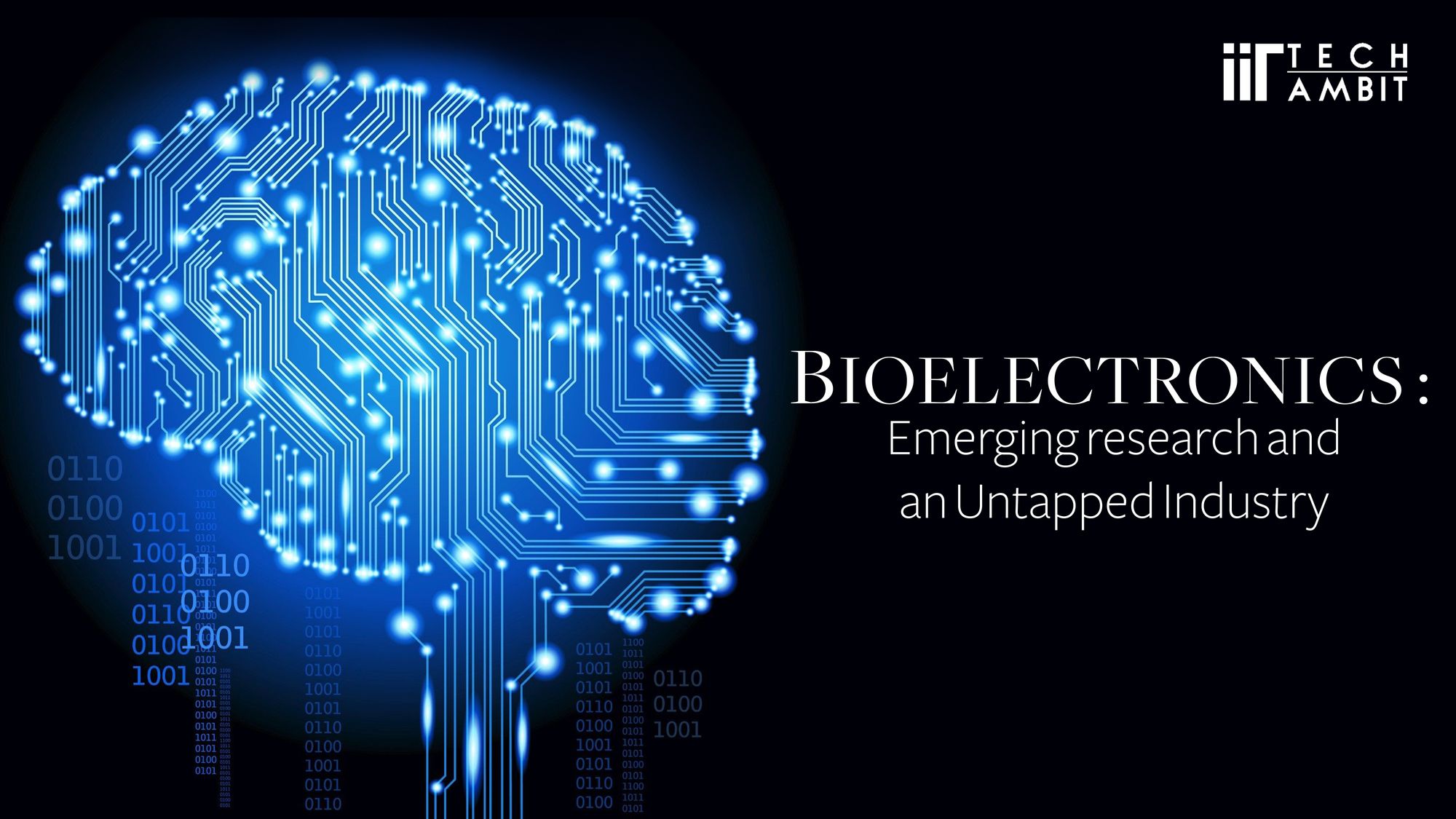About the Expert
Prof. Sudip Nag, Department of E&ECE is an accoladed professor at IIT Kharagpur known for his profound work in the field of bioelectronics. He gives an insight into the contemporary research in developing battery-free implantable biomedical devices in the institute under his wings. Parallel comparisons are drawn in a global context. India’s scope in this hi-tech field to conduct research and manufacture these devices in a cost-effective manner is also revealed.

Bioelectronics- a promising field of technology interfacing between biology and modern electronics is very new yet essential to the Indian context. Active research in this area is not yet popular in India. However, this is a progressive area of research in universities in the USA. IIT Kharagpur has identified this fact and has taken the first of its kind initiative in India to invest the intelligence in this field.

What makes this field important?
First let’s consider a pacemaker as our bioelectronic device. The implantable pacemaker with existing technology needs to be replaced in every 5-10 years because the battery substantially goes down. No other option is present except the replacement of the pacemaker through an elaborate and expensive surgery. And all of this just because the battery went down!
Advancement in bioelectronics is the answer to this quite clear practical problem at hand. A pacemaker with a rechargeable battery or something equivalent is aimed to be built. An external battery which can recharge the implantable device is also a vital solution to the problem. Wireless charging is the key concept behind this charging of batteries. Ultra low power design of these implantable devices is another scope of this field.
Now let’s consider the eye surgery field. Technologists in collaboration with doctors are formulating problem statements to optimize on the surgical time. As an example, Prof. Nag was invited by doctors in Sankara Nethralaya to witness eye surgeries so that he could have an insight into the biological methodology involved which would enable him to come up with viable bioelectronic solutions. Subsequently ‘Bionic Eye’ - a project aimed at making little chips to restore blindness using the bioelectronics technology has been taken up by IIT Kharagpur.

Bioelectronic Focus at IIT Kharagpur:
(i)Theoretical analysis: This area specializes in understanding the theory of skin and the modeling part of the electrodes to align with the nature of the skin. The underlying concepts of both biology and electronics are fused. By studying the challenges faced in the simulation/theoretical processes, this area aids in forestalling the prior issues.
(ii) Implantable Device Technology: This research area constitutes the hardware part of the laboratory. Striving to develop formidable energy efficient electronic hardware which functions on optimized energy. IIT Kharagpur is working in collaboration with Case Western Reserve University on a project which deploys the BioMicroSystems laboratory of the university. IIT Kharagpur’s cornerstone is the design-implementation sector which extends to testing the prototypes on animals in the existing animal experiment laboratory in IIT Kharagpur.
(iii) Bio-compatible material: The third portion of the laboratory is employed for the study of biocompatible coating as well as the assessment of lifetime and the reliability of biomedical devices. Prof. Nag explains: “The electronic chips if simply coated inside the body, can potentially be toxic, causing ad hoc inflammation and the body will reject the coating material.” There are certain biocompatible materials which are essentially used to coat these electrodes, chips or circuits.
These materials in the form of metal alloys or other forms are utilized for the purpose. There is a requirement for post coating leak testing and prediction of the expected lifetime of the materials (or coatings) after implantation. It is ensured that the electronics are properly encapsulated. To assess the longevity of the devices under accelerated time pace, mathematical equations and boundary conditions are taken into consideration which give a measure of the bio reliability.
(iv) Animal experimentation: IIT Kharagpur has established an animal experiment laboratory under the initiative to uplift the research in bioelectronics of the institute. Under the dire need to test the prototypes, this laboratory performs the tests on specific animals and lets them off. Lately, electrodes were put under chicken skin to show the wireless power data transfer through the skin! This assisted in the validation of how well it will work with the human skin.

Industry perspective of biomedical devices:
The market of implantable biomedical devices lies in the range of $10 billion globally. USA and Germany are the giant producers of these sophisticated devices and rest of the world use their products. The companies involved in the manufacturing of these implantable bioelectronics devices are also handful because the technology involved is much more complex. Henceforth, this industry becomes a near monopoly with only 6 major companies holding the reigns. India, on the other hand does not have any significant share of this market.
If we look at the market categorization of this industry then we find that the four main devices produced: Deep Brain Stimulator, Spinal Cord Stimulator, Nerve Stimulator, and Pacemaker. In India, Pacemakers enjoy a major chunk of the biomedical industry because of their common use in heart diseases. However, Deep Brain Stimulators are uncommon because of their exorbitant pricing. But Prof. Nag holds the opinion that with the current rate of research the price of Deep Brain Stimulators can be brought down to one-tenth of their current price very soon.

With the evolving scope of this industry and scalable applications that are being developed using the bioelectronics technology, the ambit for an Indian industry growth in this sector looks bright.


